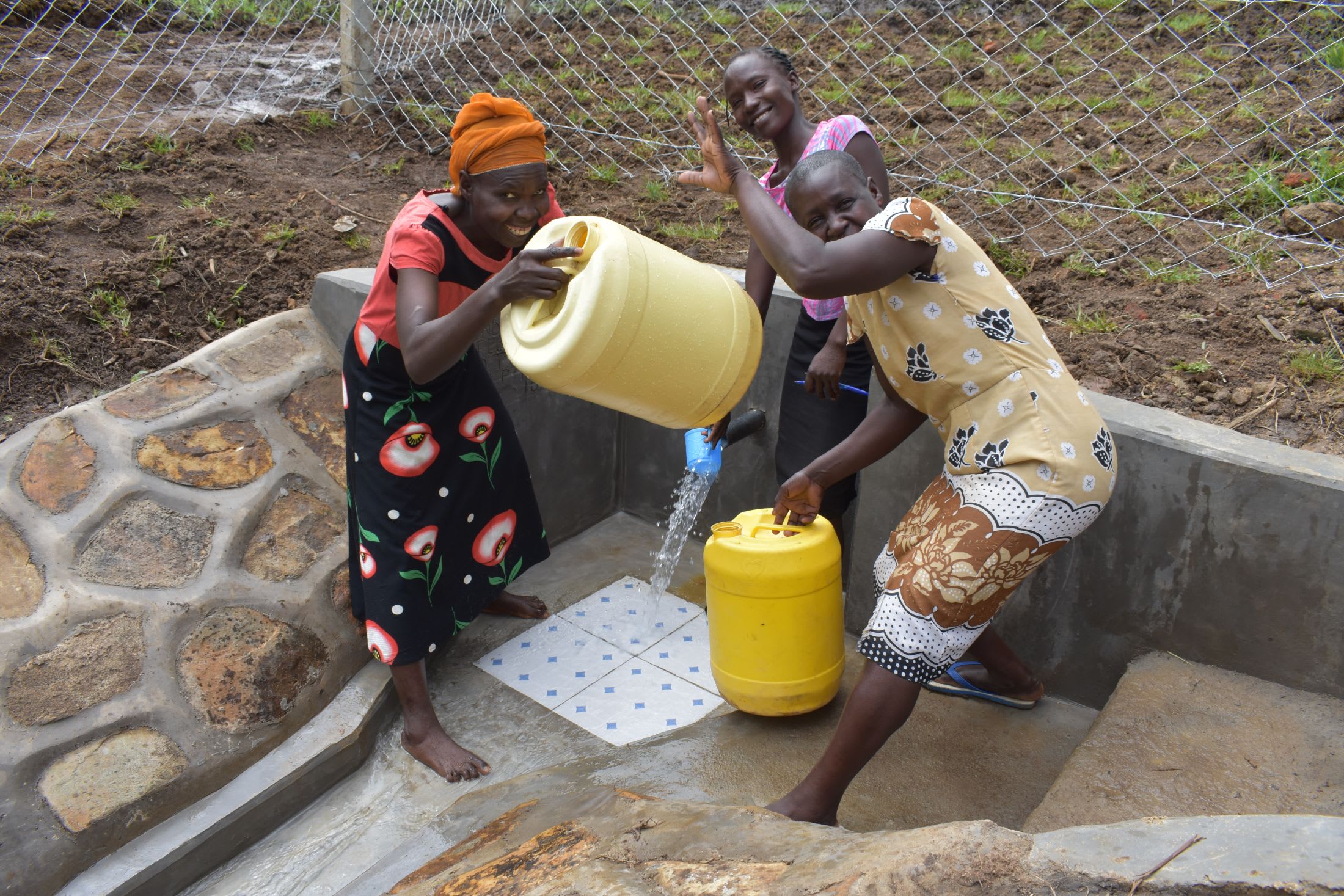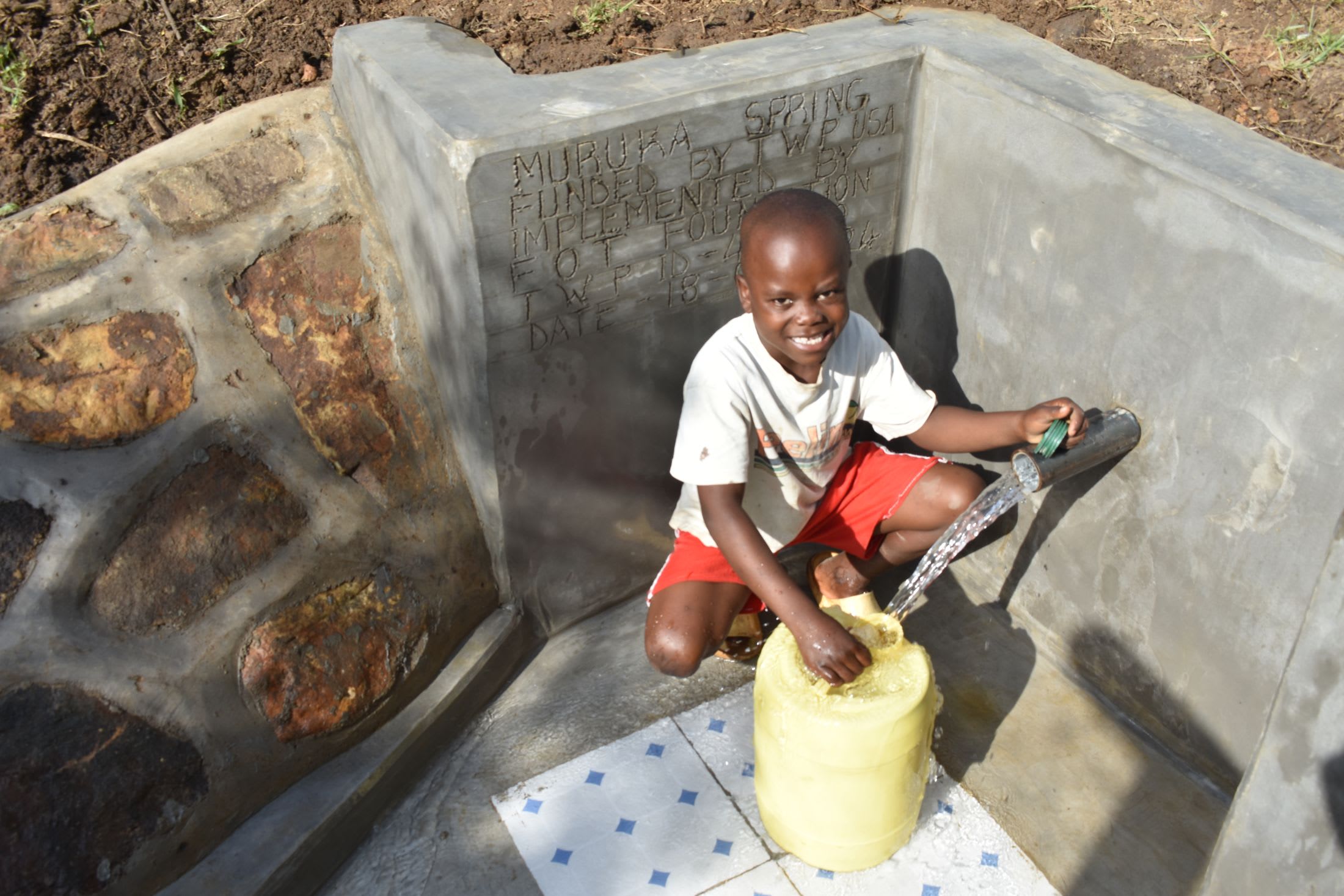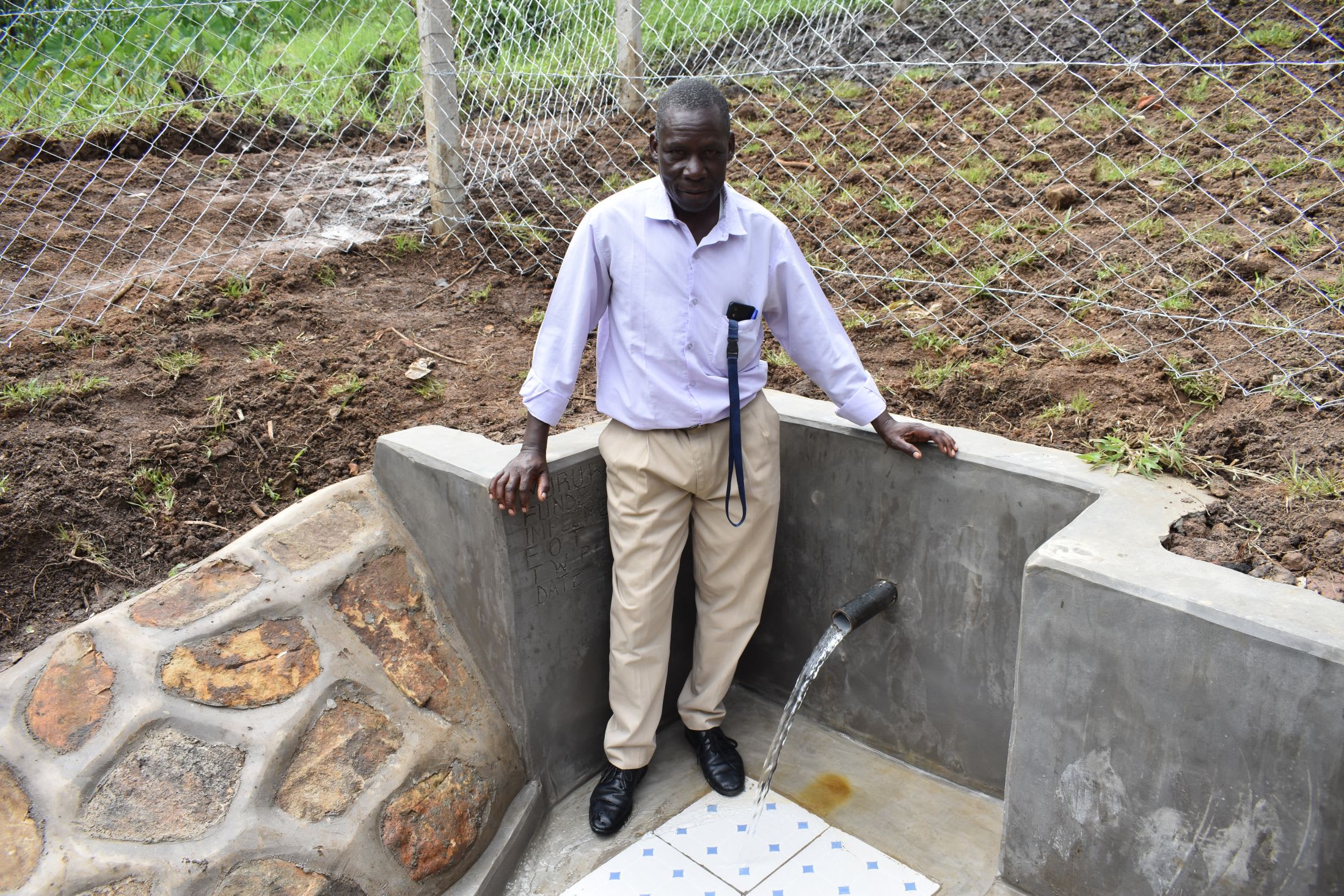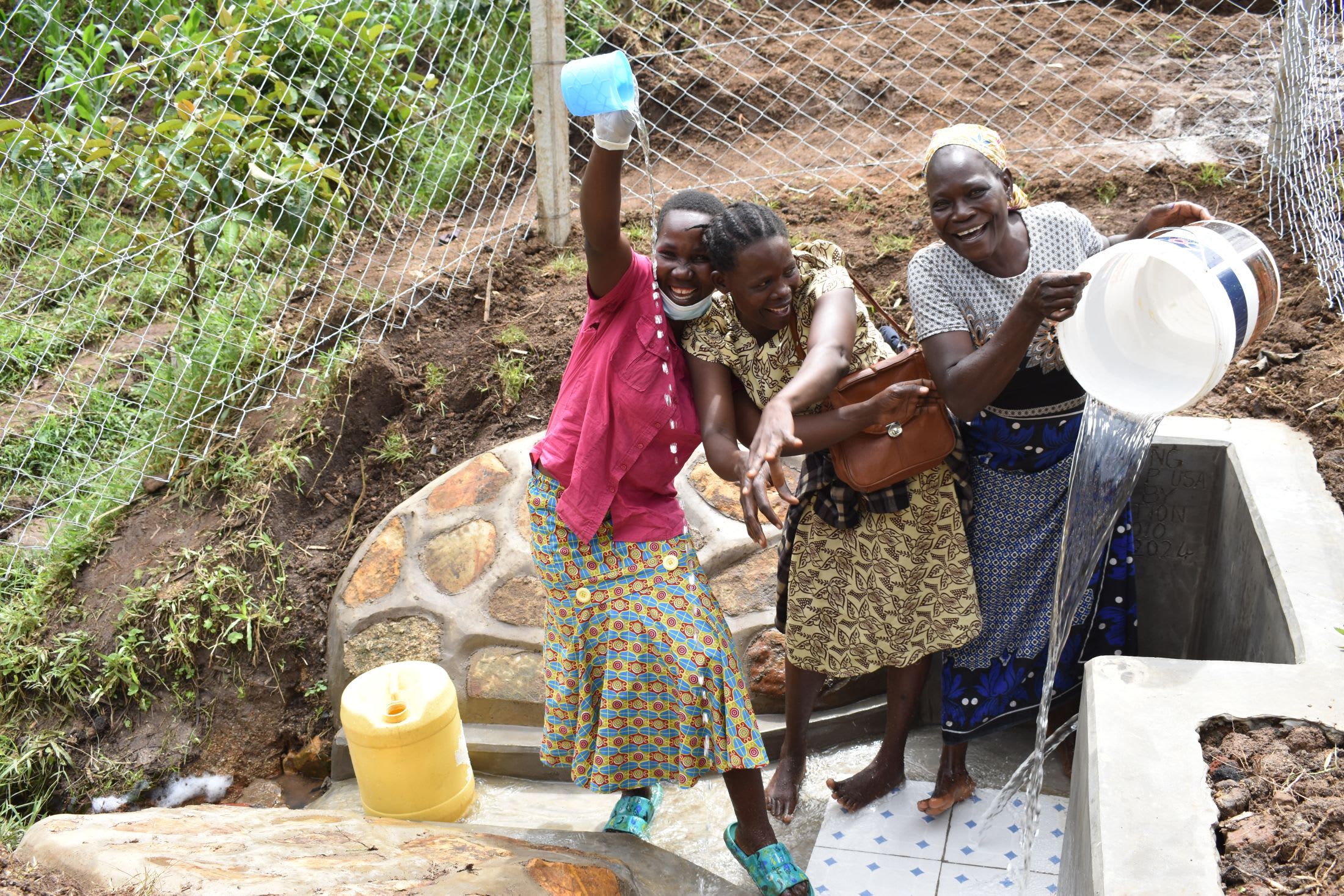The 350 people of Ebutingo struggle to safely and efficiently access water. The unprotected spring they rely on is in serious need of repairs before community members can have the confidence of knowing they are collecting and drinking safe, reliable water.
"The spring is situated on a place that has a gradual slope, but the place is slippery, especially during the rainy season. The waterpoint is really prone to contamination because, through the headwall, there is water seeping. [It] is visible, causing the headwall to appear blackish. The stairwell is also damaged and is difficult for some of the children and community members to use. It [has] even [been] reported that most of them fall or slip because the stairwell is too high," said our field officer Joy Ongeri when describing why the spring needs reconstruction.
Joy continued, "The community members pleaded for help and asked [for] the spring [to] be well constructed to prevent contamination and also the stairwell and drawing point to be well constructed so that they are able to fetch water much more easily."
8-year-old Ivan (shown below) echoed Joy's sentiments when he shared what collecting water from the spring was like for him. He noted that the stagnant water in the collection box made the stairs and spring floor become slippery and caused him and other community members to slip and fall.
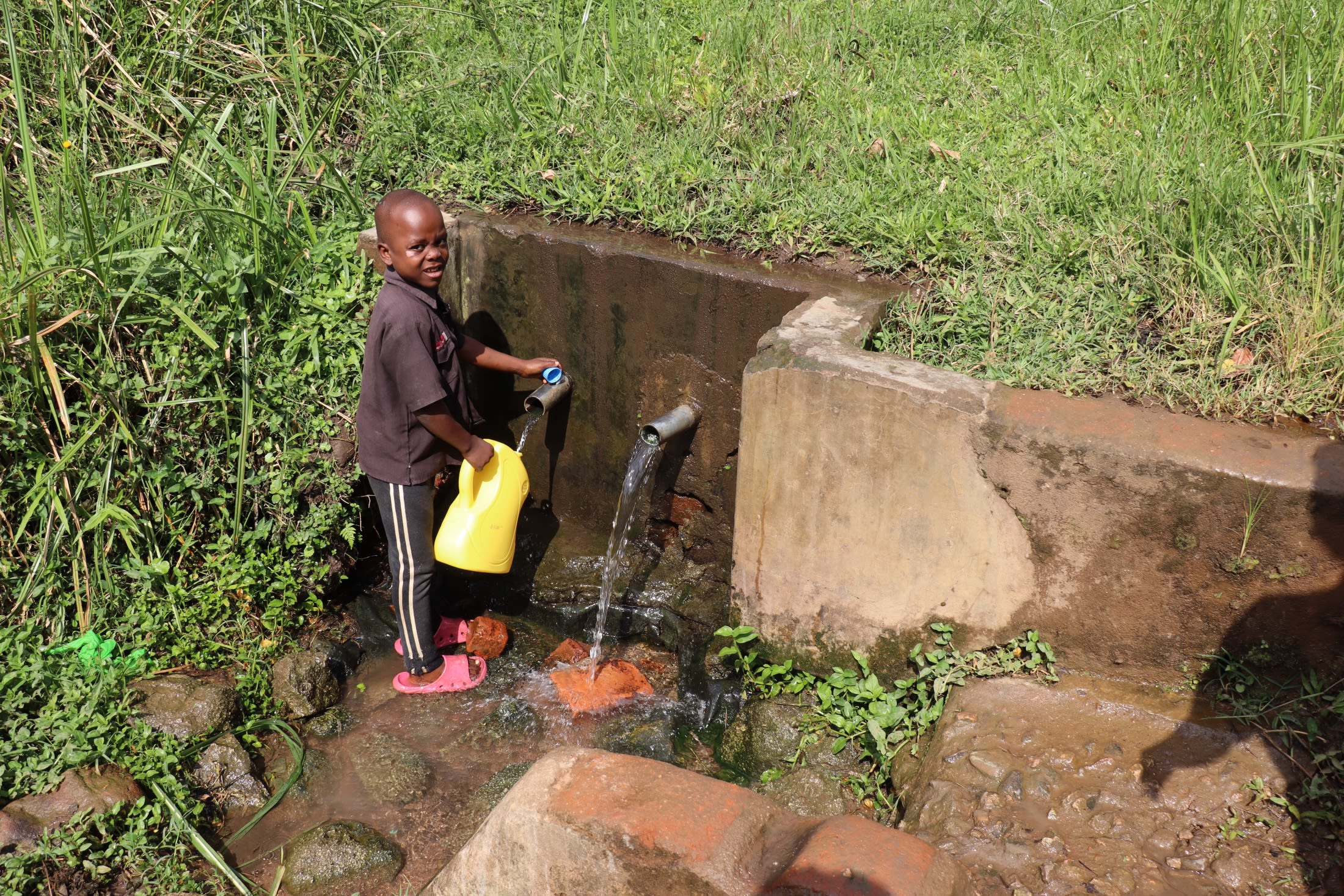
Not only is spring access dangerous because of how slippery it is, but community members risk contracting waterborne illnesses by drinking the dysfunctional spring's water. Its clear appearance makes it seem deceivingly safe, but the water is contaminated. When people become ill, they must seek medical treatment, which depletes their limited resources and steals from other important things like education, food security, and progress in their daily lives.
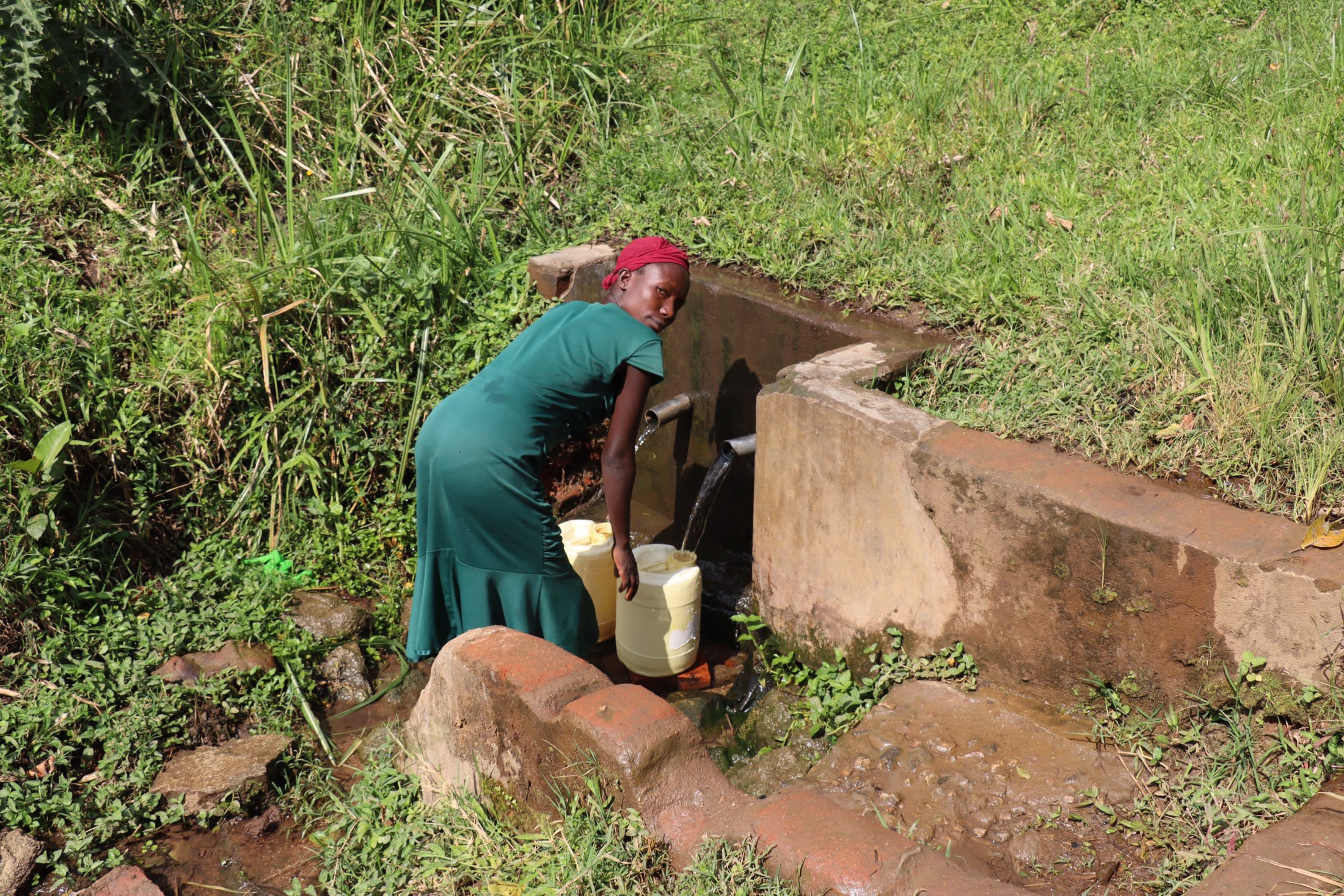
"I incur economic hardship, especially when my family and I get sick with amoeba, and my son with stomach upsets," said 23-year-old farmer Ashleyne Cleophas, shown above.
The protection of the spring will enable people like Ashleyne and young Ivan to focus on improving their daily lives instead of risking their health to collect water.
The Proposed Solution, Determined Together...
At The Water Project, everyone has a part in conversations and solutions. We operate in transparency, believing it benefits everyone. We expect reliability from one another as well as our water solutions. Everyone involved makes this possible through hard work and dedication.
In a joint discovery process, community members determine their most advantageous water solution alongside our technical experts. Read more specifics about this solution on the What We're Building tab of this project page. Then, community members lend their support by collecting needed construction materials (sometimes for months ahead of time!), providing labor alongside our artisans, sheltering and feeding the builders, and supplying additional resources.
Water Access for Everyone
This water project is one piece in a large puzzle. In Kenya, Sierra Leone, and Uganda, we're working toward complete coverage of reliable, maintained water sources that guarantee public access now and in the future within a 30-minute round trip for each community, household, school, and health center. One day, we hope to report that this has been achieved!
Training on Health, Hygiene & More
With the community's input, we've identified topics where training will increase positive health outcomes at personal, household, and community levels. We'll coordinate with them to find the best training date. Some examples of what we train communities on are:
- Improved hygiene, health, and sanitation habits
- Safe water handling, storage & treatment
- Disease prevention and proper handwashing
- Income-generation
- Community leadership, governance, & election of a water committee
- Operation and maintenance of the water point
Chlorine Dispensers
Installing chlorine dispensers is an important piece of our spring protection projects. Protecting a spring provides community members with an improved water source, but it doesn’t prevent contamination once the water is collected and stored. For example, if the water is clean and the container is dirty, the water will become contaminated.
We ensure that each chlorine dispenser is filled with diluted chlorine on a consistent schedule so that people can add pre-measured drops to each container of water they collect. That way, community members can feel even more confident in the quality of their water.
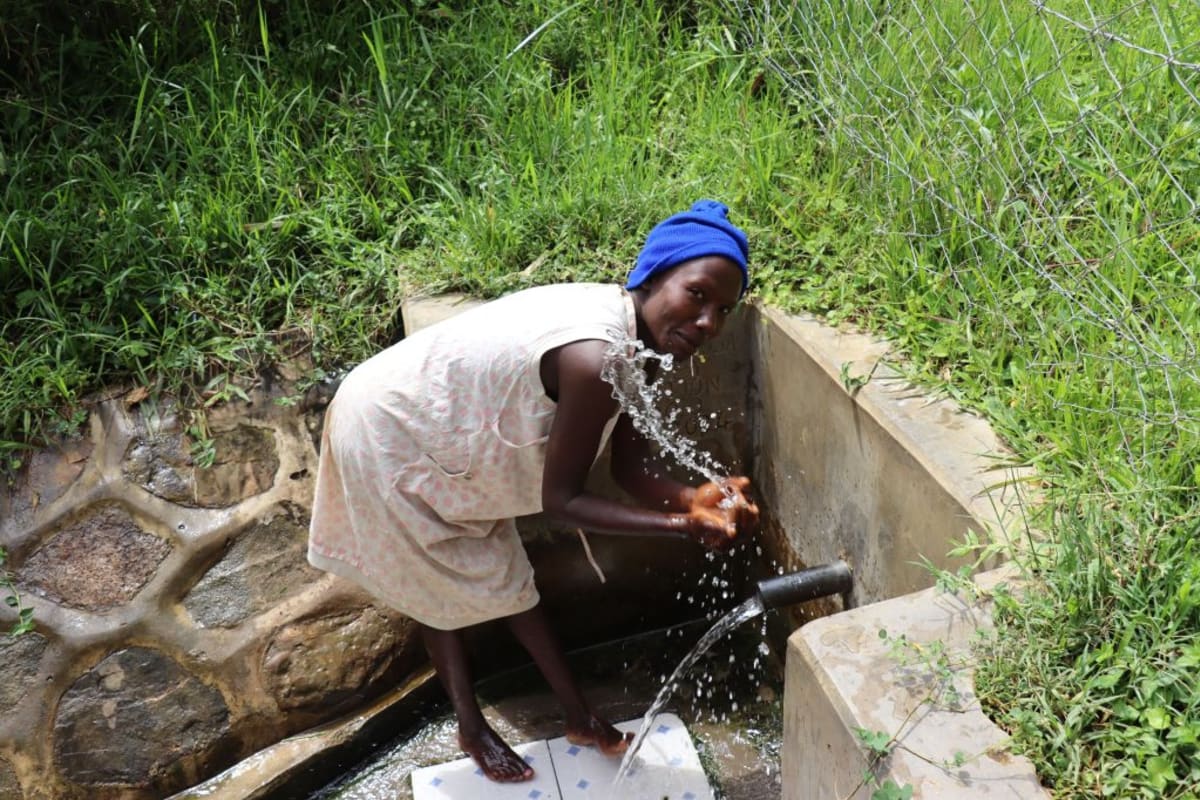

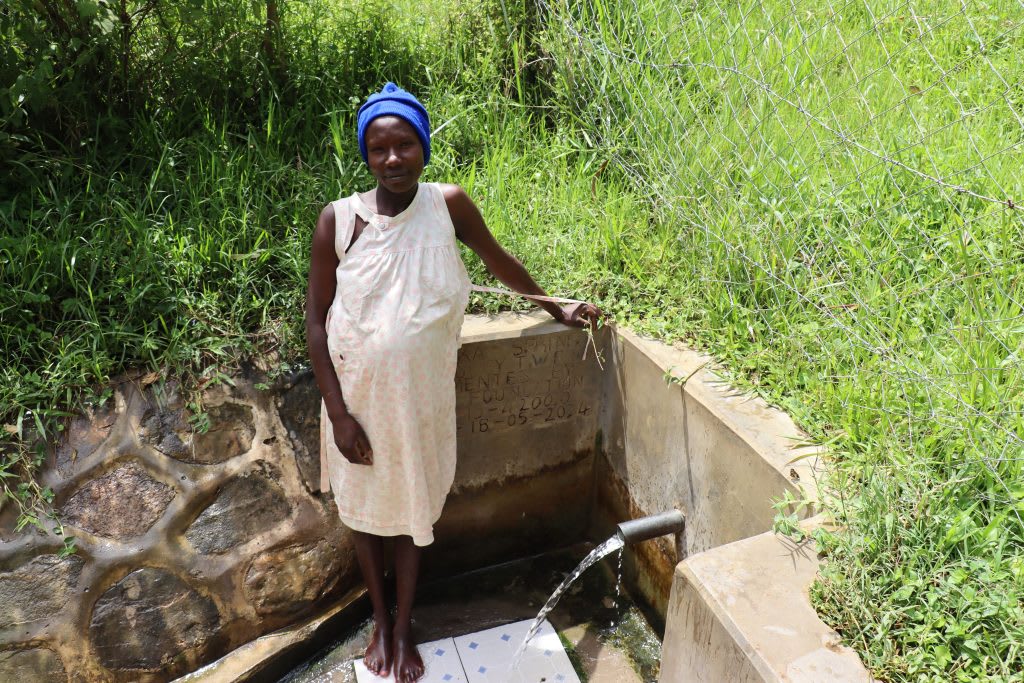
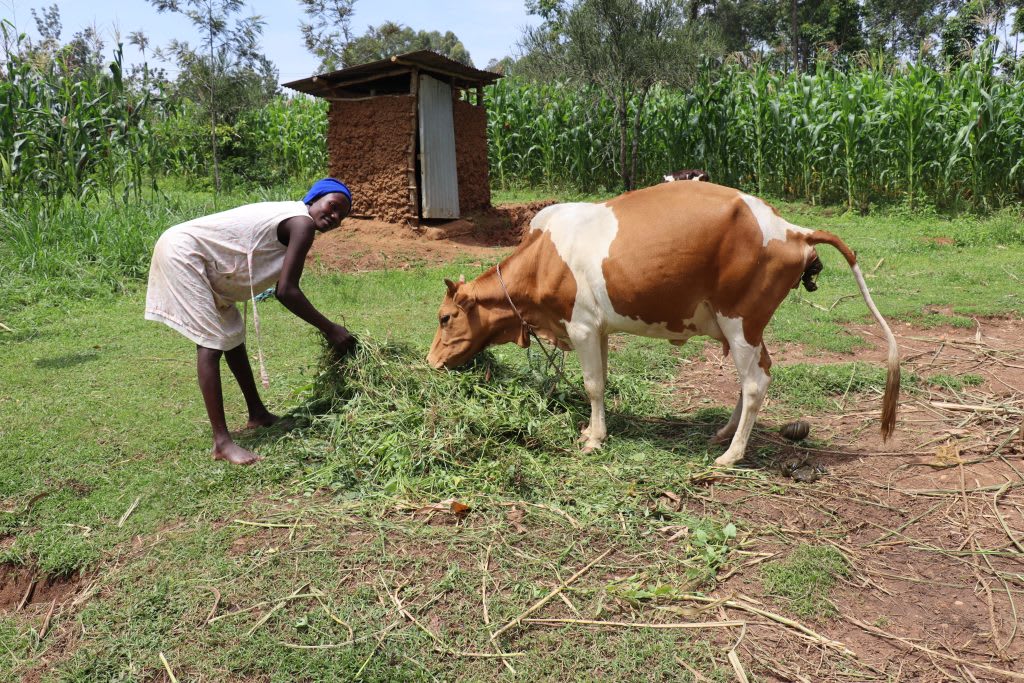

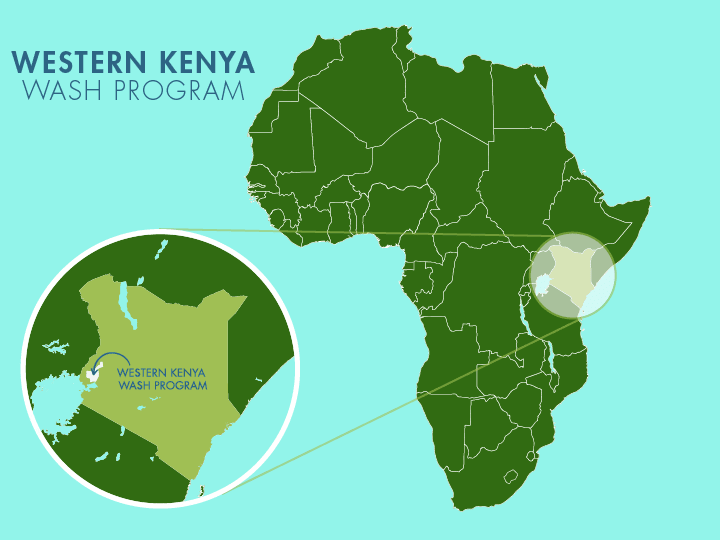
 Protected Spring
Protected Spring
 Rehabilitation Project
Rehabilitation Project










